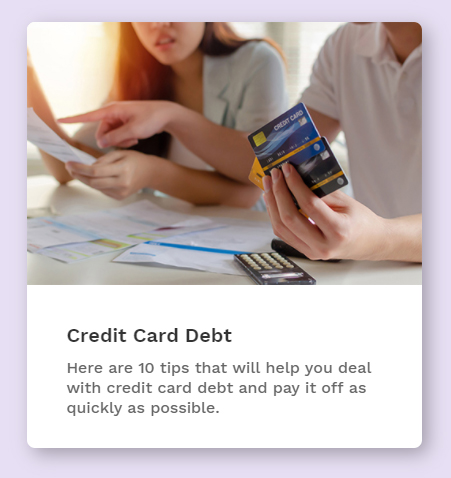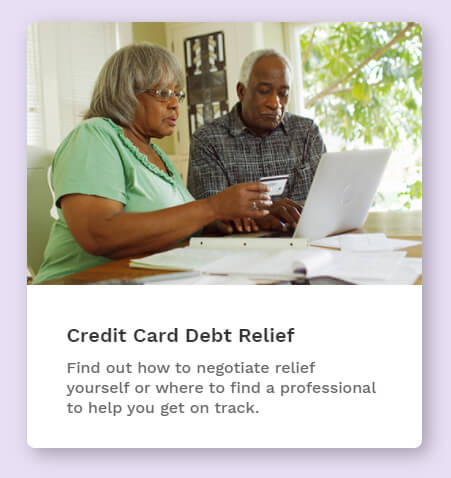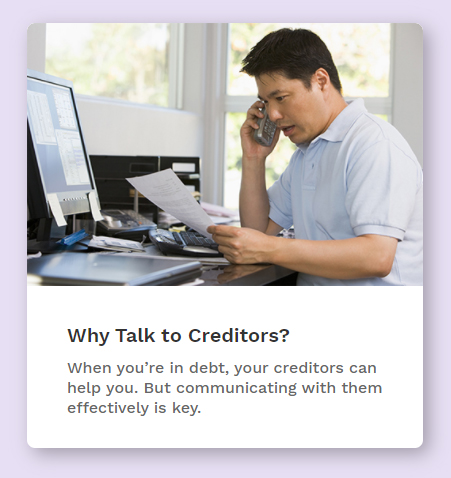Consolidating Debt in Canada with a Credit Card Balance Transfer
by Kevin Sun
One path to debt consolidation in Canada is a credit card balance transfer. People who are struggling with multiple credit card debts or loans may be able to combine those debts onto a single card instead of paying them off one at a time. While this strategy can help simplify the payments and possibly get rid of the debt faster, not everyone can qualify for a credit card that makes this work. It also comes with steep risks. Understand how balance transfers work before deciding if you’ll consolidate your debt with one. Here’s what to know:
How to Consolidate Debt with a Balance Transfer
Although the process of consolidating your debt with a balance transfer is fairly straightforward, there are a lot of places where someone can trip up and not get the result they wanted. First, what is a balance transfer card? The idea is that for at most a nominal fee (e.g. 1-5% of the transferred balance or a flat cost around $20), this kind of credit card will take any transferred debt and apply a special, low interest rate to it for a set period of time.
Compared to normal credit card rates of between 17-30% APR, a balance transfer offer can go for around 0-4%. When paying less interest, you can focus more on paying off the balance. The best result is to fully eliminate your debt before the low interest rate expires.
Unfortunately, getting the best result is easier said than done. One hurdle is that most credit card balance transfer promotions only last for about 6-10 months. For example, if you have $15,000 of debt at 0% APR for 10 months, you’d need to pay $1,500 a month to eliminate the debt before the special offer expires. Even at a rock bottom interest rate, repaying everything in that amount of time can be very hard. Another possible stumbling block is that even if you’re using it for debt consolidation, a balance transfer credit card is still a credit card. You can use it to make other purchases, and those purchases will be charged at the card’s regular, much higher interest rate. However, you won’t be able to pay that new balance off until you finish paying off your transferred balance. This means that you could get stuck dealing with only cheaper debt while your more expensive debt keeps growing.
Limitations of a Credit Card Balance Transfer for Debt Consolidation
Unlike consolidation options such as a Debt Management Program, a credit card balance transfer is limited by your credit. Just like every credit card, you need to be approved for a credit card with a balance transfer offer (you also need to qualify for the balance transfer offer you want). People who are trying to consolidate their debts often already have multiple credit cards. As a result, they might only be approved for a card with a lower limit than needed for the balance transfer, or they might not get approved at all. Because it’s unsecured debt (i.e. there isn’t security put against it, like for a mortgage or HELOC), having a fairly good credit rating is more important.
Also keep in mind that a balance transfer up to 2 weeks to process and that there won’t be any grace period on the transferred balance. While it’s processing, you’ll need to keep making payments to your old cards at their interest rates. Once the balance has been successfully transferred, you’ll start paying interest on it immediately at the new rate. Finally, if you were thinking about taking advantage of a rewards program, then think again – balance transfers won’t give any points.
Will Consolidating Debt with a Balance Transfer Hurt Your Credit?
Wondering if a balance transfer will hurt your credit rating? The answer is a bit complicated, so let’s walk through what will and could happen. Applying for the card will require a hard inquiry on your credit report, which will decrease your rating. We also strongly recommend that you close your old cards after successfully transferring their balances, and this can have a minor impact on your credit. However, if you don’t close those accounts, you’ll then have to be extremely careful to not run up balances on them again – you don’t want to end up doubling your debt.
After successfully consolidating all your debt onto the low interest credit card, you can start focusing on getting it paid off. If you weren’t making payments on time before but are making them now, then your credit rating will start to improve. As the balance goes down, your credit utilization rate (i.e. how much you owe vs. your credit limit) will go down too, leading to more good gains. However, if you make a lot of new purchases on that card or others and don’t pay them off, then you could end up with even more debt than before. This will damage your credit more than anything else, and it’s unlikely that you’d qualify for another balance transfer. A debt consolidation loan would be problematic then too. If this happens, you’ll have to look at other options for credit card debt relief in Canada.
Last Updated on October 18, 2024
How to Get Help with Credit Card Debt Consolidation in Canada
When it comes to credit card debt consolidation in Canada, a balance transfer is just one option of many. To get the best results, only use it after making a clear plan on how you’ll get out of debt, including a budget and a commitment to stick to it. If you need help with making that plan or figuring out if this is really the best debt consolidation option for you, then one of our non-profit credit counsellors would be happy to help in a free and confidential appointment. Take the next step towards becoming debt-free by calling us at 1-888-527-8999, sending us an email, or chatting with us anonymously online today.







